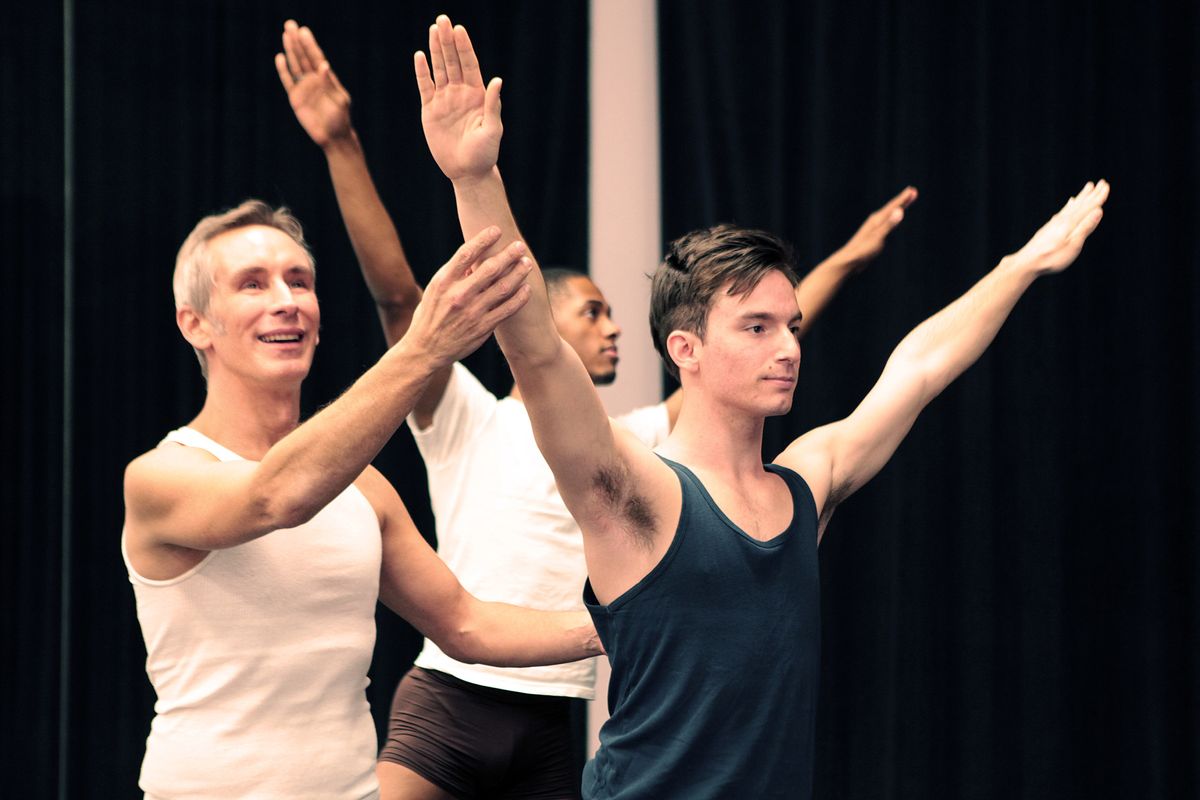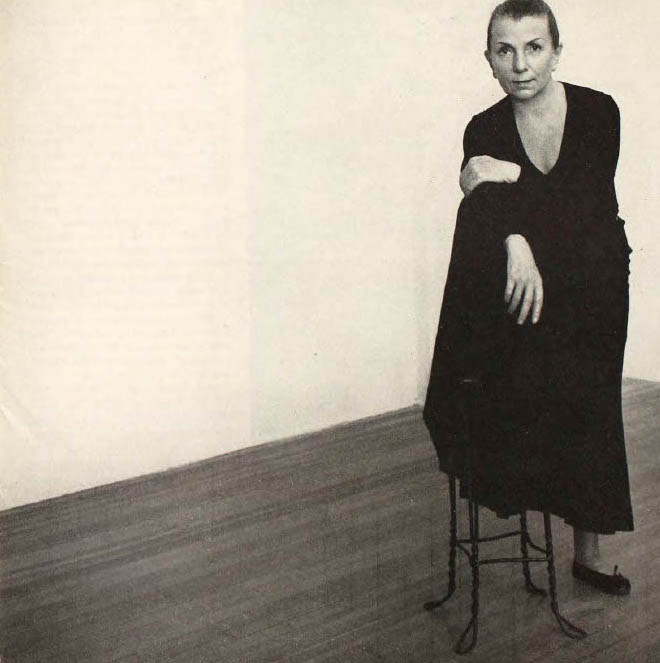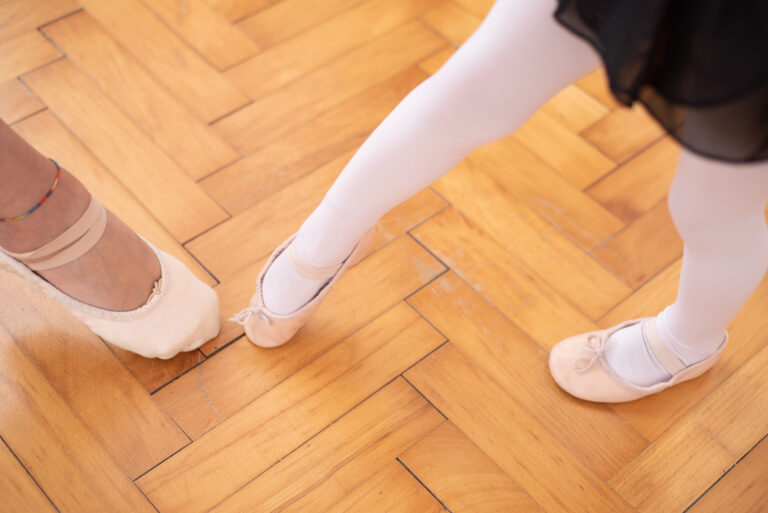
You’re setting choreography on your class and most of the students are picking it up. One dancer, though, is having difficulty remembering the steps. You review the material several times, but you fear that this is starting to hold back your more advanced students. Still, you’re worried the struggling dancer will be left behind. What is the best way to proceed?
Memorizing choreography is an essential skill for dancers. Fast learners have more time to work on the technique and artistry within a combination, and they are often the first to catch the eyes of directors. Like most skills, learning pace can be improved. Encouraging students to develop their own memorization methods will help them approach choreography with confidence.
Teaching the Steps
The traditional way for dancers to learn choreography is to mimic movement as you teach it. But some students may benefit from first watching you show the phrase. The mirror-neuron theory, a component of ideokinesis (a movement-science visualization method), says that dancers’ own movements are better informed after seeing someone else perform. This means that having students sit and watch you demonstrate a full phrase may actually help their muscles pick up choreography more efficiently.
Some students become stressed out by the amount of information being taught. It may be less intimidating for them to break the movement down into sections of the body. Todd Rosenlieb, chair of the dance department at The Governor’s School for the Arts in Virginia, has these dancers first tackle the feet. “Once they get the rhythm of it, add the upper body,” he says. Rosenlieb also asks dancers to think of the choreography in stage terms. For instance, moving upstage or downstage instead of forward and back can help them understand the space if they get lost or have to reverse the material.
Don’t hesitate to take an extra moment with struggling students in class or rehearsal, but be sensitive to embarrassment and frustration. Singling a dancer out in front of their classmates can undermine their confidence. Having an advanced student take the other aside removes some of the pressure and allows you to continue teaching the rest of the group.
 Walnut Hill’s Denise Lewis. Photo by Sharyn Peavey, courtesy of Walnut Hill School
Walnut Hill’s Denise Lewis. Photo by Sharyn Peavey, courtesy of Walnut Hill School
On Their Own
Dancers can create landmarks in the choreography by connecting steps with musical cues. “Students need to see the connection between the music and the physical parts,” says Denise Lewis, associate director of dance at Walnut Hill School for the Arts in Massachusetts. She finds that particularly detailed sections of choreography are retained best when broken down into smaller beats (like “one-e-and-a-two”). “I get a really good result using counts, especially with younger children,” says Lewis. “That kind of clarity eliminates any confusion.”
Dancers can also create their own keywords, creative names or sounds associated with the movement. For instance, “If you cross your legs and swirl to the floor, call it a swizzlestick,” says Rosenlieb. Singing the word or sound in their heads through the time it takes to complete the step will help them learn the musicality and rhythm. (For similar techniques, see the sidebar “Building Off Imagery.”)
Keeping a notebook to journal a difficult sequence of choreography, as well as corrections given during class and rehearsal, will allow dancers to review what they learned without your help. It also forces them to clearly articulate each movement as they write it down. Give them copies of the music so they can physically or mentally practice the phrases during downtime, like car rides to the studio, before bed or in the shower. “When they have a quiet moment,” says Rosenlieb, “students can close their eyes and visualize the dance and the way they want to dance it.”
Building Off Imagery
Sometimes a vivid mental picture is all it takes to remember steps, says Eric Franklin, creator of the Franklin Method (franklinmethod.com).
1. Create metaphors: Dancers of all levels respond well to vivid images. Instead of putting your arm out and reaching, identify it as “reaching for an apple.”
2. Chain images together: Reach for the apple, kick a ball, open a curtain and jump over a stream. “Dancers who couldn’t remember anything suddenly can remember a very long series of steps,” says Franklin.
3. Identify transitions: The in-between moments are where dancers often struggle the most. Create specific qualities, like “Your shoulder blades are melting down your back like ice cream on a warm day.”
4. Share strategies: Ask students to come up with their own imagery and then teach it to another group of dancers. “Kids love it and they learn a lot more, a lot faster,” says Franklin. This helps them develop new ways of remembering the same choreography.




